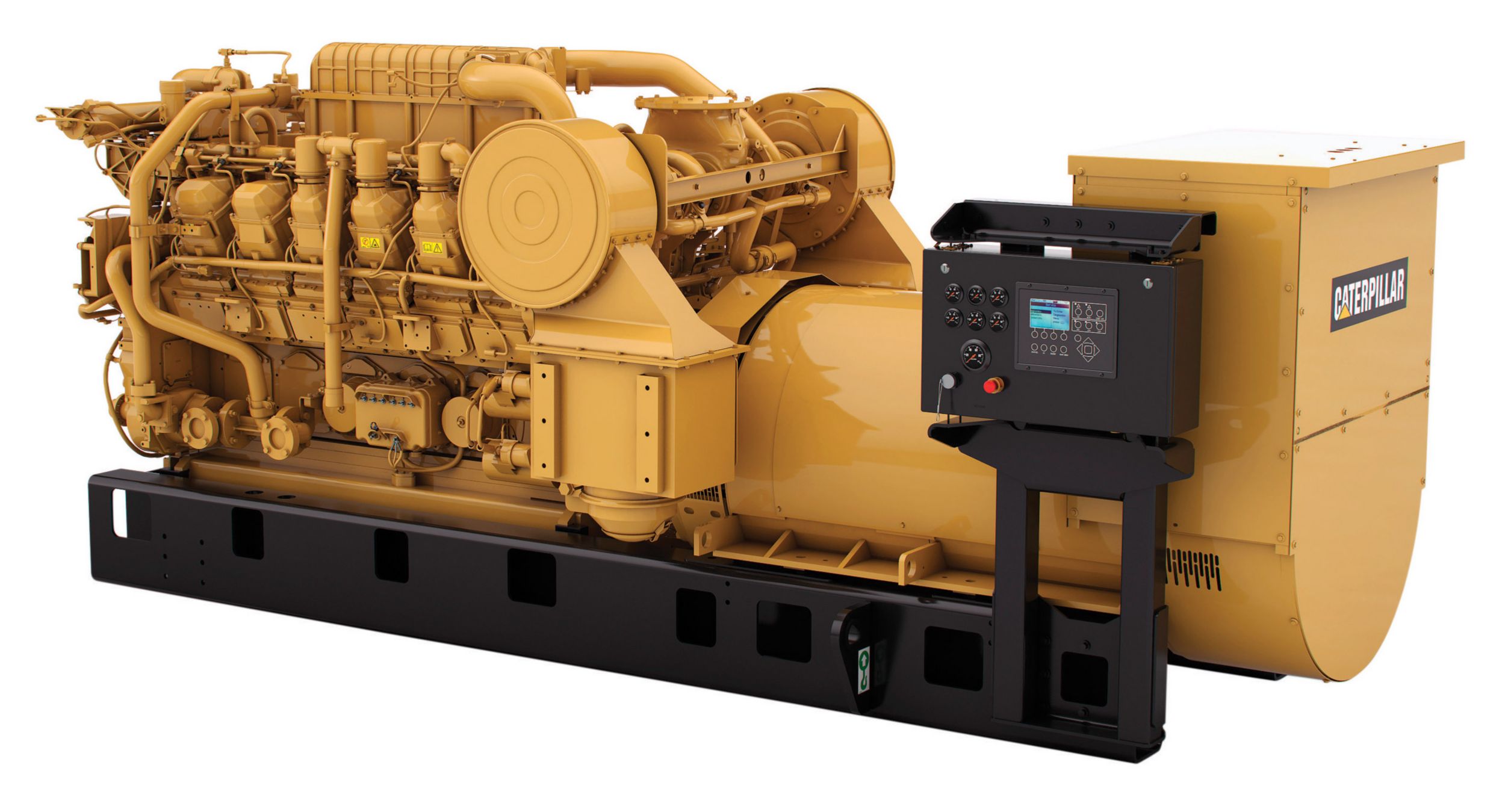If you already have an existing account with another Cat App, you can use the same account to sign in here.
One Account. All of Cat.
Your Caterpillar account is the single account you use to log in to select services and applications we offer. Shop for parts and machines online, manage your fleet, go mobile, and more.
Account Information
Site Settings
Security
The Difference in OEM Dual Fuel Solutions
Dual fuel engine technology enables diesel engines to operate with varying degrees of diesel and gaseous fuels simultaneously. Dual fuel engines have been increasing in popularity in recent years driven by their ability to reduce customers cost through diesel fuel savings. These engines can run on a wide range of gaseous fuels from associated field gas to LNG. Caterpillar’s dual fuel solution for oil & gas customers is Cat® Dynamic Gas Blending (DGB) and is offered on the 3500 engine platform in land drilling, production and well service applications. Cat DGB systems have accumulated more than 1 million hours of field operation since its introduction in 2012. The Cat DGB system is superior to aftermarket/non OEM dual fuel kits in every conceivable way, from efficiency and to safety.

The Cat advantage
The Cat DGB system was developed with the key goal of maximizing diesel displacement for a wide range of gaseous fuel quality at loads ranging from 20% to 90%. When in dual fuel mode, diesel fuel injection timing is adjusted and optimized automatically to maintain durability and performance of the engine while maximizing diesel displacement. In addition to monitoring detonation, exhaust temperatures, and emissions, the Cat DGB system is designed to not exceed peak cylinder pressures within the engine. Cylinder pressure is a critical factor impacting engine durability. In contrast, non OEM dual fuel kits do not optimize injection timing and therefore operate at a higher cylinder pressure at a given diesel displacement, which negatively impacts the durability of engine components. To limit or reduce the impact of higher cylinder pressures on engine durability, non OEM kits must limit the amount of gas substituted which in turn translates to a lower fuel savings for customers.
Safety has also been wired into the Cat DGB solution since its inception. These dual fuel engines have premixed air fuel mixture in the intake manifold. In the event of a misfire which could lead to fires in the intake manifold requires flame arrestor technology to avoid engine damage. Unlike other non OEM and aftermarket dual fuel systems, flame arrestors are standard on Cat DGB systems. Cat DGB systems also include 8 knock detection sensors as standard. This ensures that the engine is operating safely within knock limits in all conditions. Non OEM kits do not offer flame arrestors and typically have only 4 knock detection sensors, which could impact the durability of the engine.
Once commissioned, a Cat DGB system automatically and continuously adjusts diesel displacement to adapt to changing gaseous fuel quality. On the other hand, non OEM kits typically require continuous manual recalibration of their knock detection systems to match the fuel quality.
With industry-leading performance and safety combined with world class dealer support, Cat DGB is a step above non OEM and aftermarket dual fuel kits and it is an effective means of reducing operating costs in oil & gas applications.

